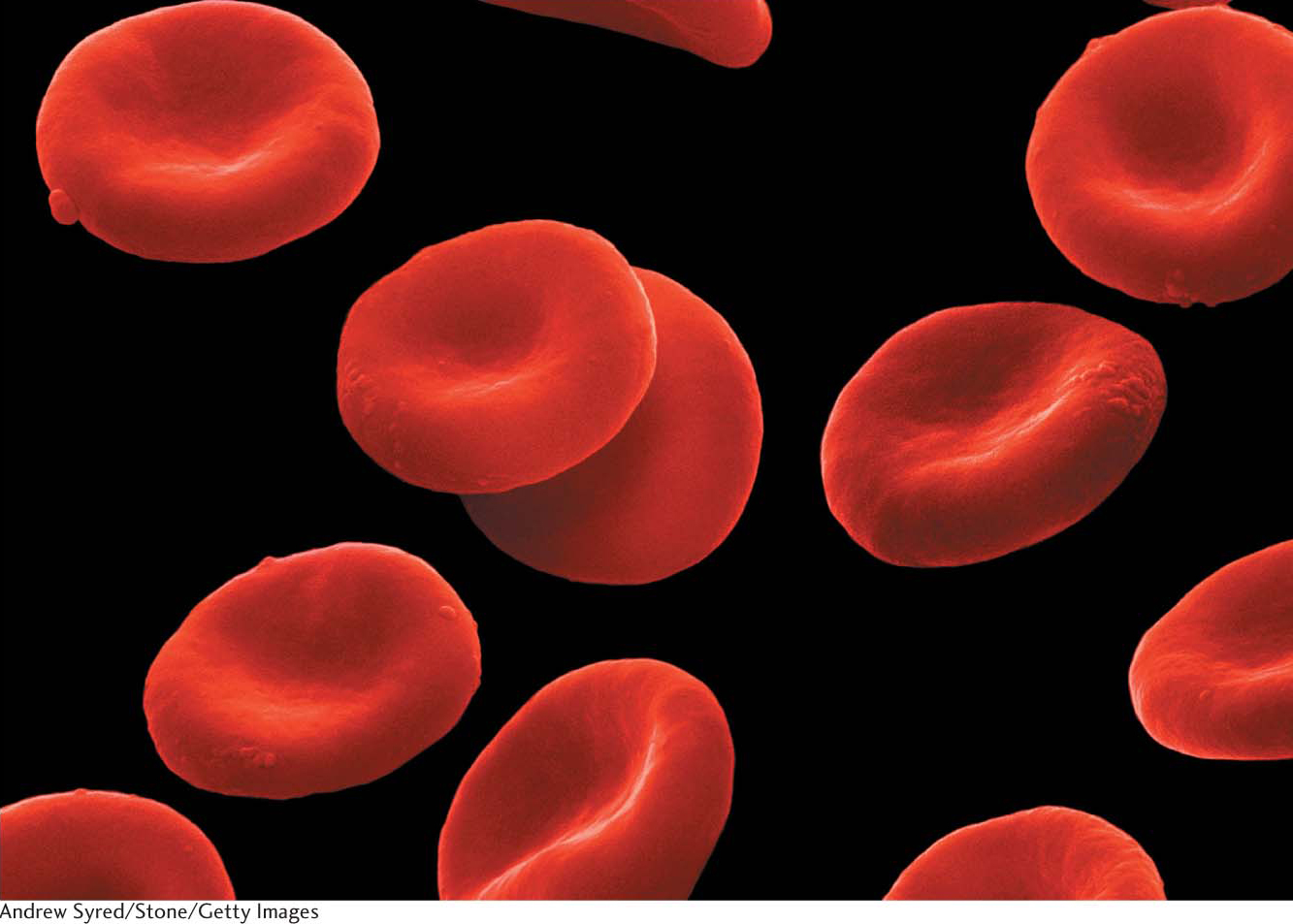
Hemoglobin, an Allosteric Protein


A fascinating protein called hemoglobin is a component of red blood cells. This protein efficiently carries oxygen from the lungs to the tissues and contributes to the transport of carbon dioxide and hydrogen ions back to the lungs.
Hemoglobin is a wonderful example of the fact that allostery is not a property limited to enzymes. The basic principles of allostery are well illustrated by hemoglobin. Indeed, many of the principles of allosteric regulation were elucidated by the study of hemoglobin, the first allosteric protein known in atomic detail. The study of allosteric enzymes and hemoglobin is so intertwined that hemoglobin was designated an “honorary enzyme” by biochemist Jacques Monod.
In this chapter, we will examine the allosteric properties of hemoglobin, including how the oxygen-